Wilco: The First Four
Jeff Tweedy's maturation from Uncle Tupelo co-creator to full fledged Wilco bandleader to household name.
It took less than a month for Jeff Tweedy to form a new band after Uncle Tupelo broke up. Jay Farrar, his Tupelo co-creator called the band quits in May of 1994 and went on to form his own new group, Son Volt.
Tweedy collected the remaining members of Uncle Tupelo, christened themselves Wilco, and set to work stepping out of the shadow of his former bandmate and establishing his own, new identity.
Quickly writing new songs and assembling his players for recording, Tweedy knew that timing was crucial. It was important that he build on the momentum of the final Uncle Tupelo record, Anodyne, and the critical success it had garnered.
Wilco was comprised of Tweedy, and former Tupelo bandmates John Stirratt (bass), and Ken Cooper (drums) along with guitarist Brian Henneman of The Bottle Rockets. The band also employed a handful of veteran session players for the recordings as well, including famous pedal steel player, Lloyd Maines.
The first Wilco LP, A.M. was released on March 28, 1995 to muted enthusiasm. While the record was seen as a solid effort by a new band, for many critics, it felt like a step backward when compared to Anodyne.
There had been something of a race between Farrar and Tweedy to get out of the gate first with a great record in their respective new projects. While Tweedy won the timed portion of the competition, Farrar would win this round with critics and audiences alike.
Son Volt’s debut Trace was lauded as a critical darling. The album made several year end best of lists, and sold appreciably better than A.M. Wilco might have had a six month head start, but they were being lapped by their old bandmate in more than one column.
In retrospect, the members of Wilco would express a bit of disappointment in how quickly they rushed out their debut. The album is peppered with myriad highlights of what was to come. Songs like the opening track, ‘I Must Be High’ and roots rocker ‘Casino Queen’ are firm evidence of Tweedy’s playful lyricism and penchant for hooks.
Unfortunately, side two of the album lopes along a bit. The first side is chock a block with great songs, distorted guitars and a loose, Stonesy vibe. By side two, the songs begin to feel like filler. It’s clear that Tweedy rushed out product that wasn’t quite ripe.
The raucous and loose nature that made up sections of A.M. - most notably the clanking beer bottles and handclaps at the end of ‘Casino Queen’ - are the perfect segue to Being There. Named after the esoteric 70’s film starring Peter Sellers, Being There is an Exile On Main Street for middle America.
On their sophomore effort, Wilco swing for the fences. The album is a double record set littered with big, bold ideas about rock and roll, what it means, and whether or not it still matters. Is it salvation, escape, an albatross? All of the above, perhaps?
Ballsy swagger on tracks like ‘Monday’ are juxtaposed with the sweet country lilt of ‘Forget The Flowers’. The sprawling angst of ‘Misunderstood’ sits uneasily on the grooves with gentle numbers like ‘Someday Soon’.
Being There is a record of soaring confidence. Tweedy may have been trying to prove himself as an equal to Farrar on A.M., but on the second Wilco LP, he is channeling a lifetime of listening and learning into a master class on rock and roll.
The nineteen songs roll out of the speakers like a road movie screened on the side of the local grain elevator just after dark on a late, hot summer night in a go-nowhere midwestern town. Tweedy’s songwriting has notched up several levels in the year since the first album. His compositions on Being There seem more assured, and firmly sung than anything he had recorded prior. There is a courage to his conviction.
Being There also marks the official entrance of multi-instrumentalist Jay Bennett into the band. Bennett would begin touring with Wilco almost immediately after the release of the debut record. Now, he had become a vital collaborator for Tweedy in the studio as well.
Bennett’s immense musical knowledge matched with his savant-like talents provided Tweedy with a partner to help bring his sonic visions to life. Together, the pair stitched a quilt of Americana, barroom rock, dissonant sound, and quiet country that critics and audiences both adored.
As a live band, Wilco became almost legendary. The shows were loose, ripping and funny. Tweedy seemed to be finding his way as a frontman and bandleader. His confidence soared as he collaborated with his new Jay, and it seemed he was less focused on impressing, or outpacing the old Jay.
With enormous momentum, a successful tour, and critical acclaim it seemed a good time for Wilco to keep rolling as a band. But instead of following the Wilco arc, Tweedy was in for a detour.
On the heels of Being There, the band had been contacted by English singer/songwriter Billy Bragg to work with him on a project of new Woody Guthrie material. Those sessions became the Mermaid Avenue records, which I am quite sure we will discuss at another time. I mention it here because they made those records in the midst of the first four album run, but also because it expanded and strengthened their fanbase in massive ways. Okay, back to the show.
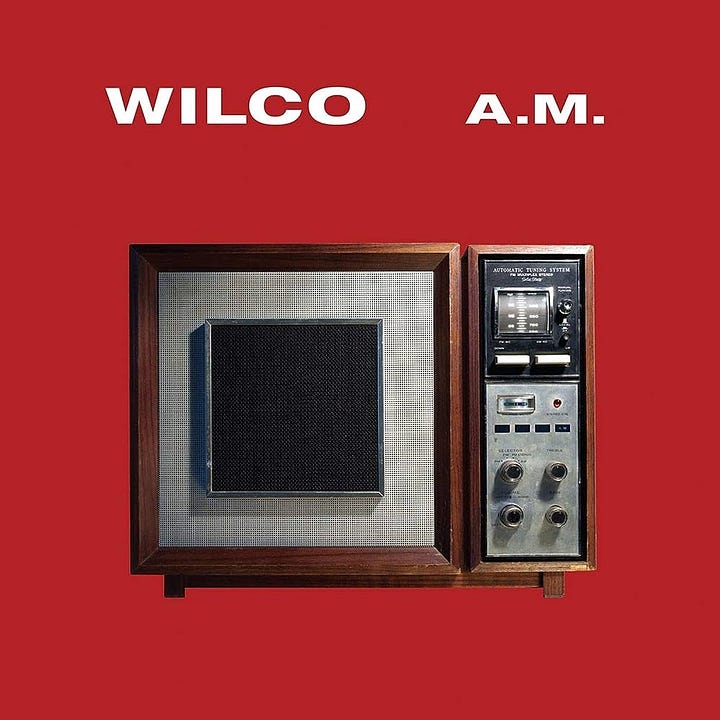
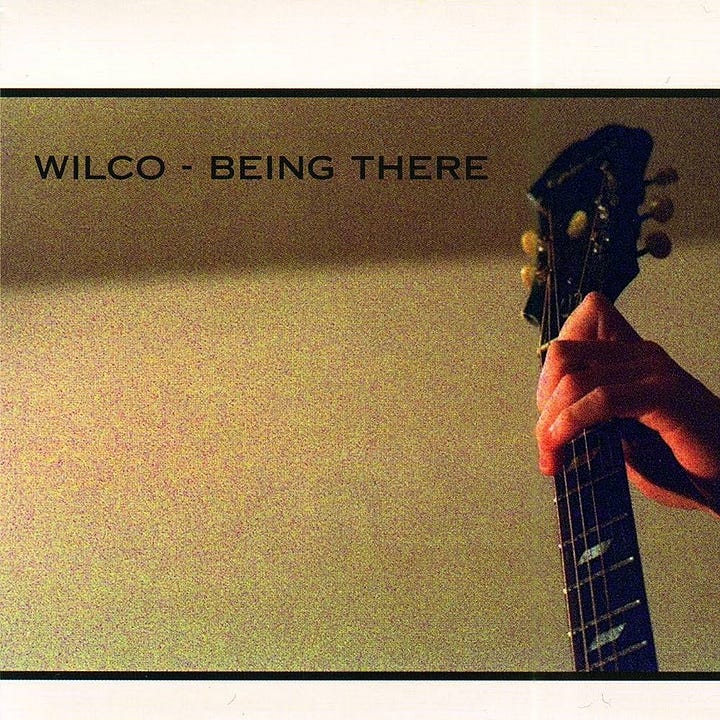
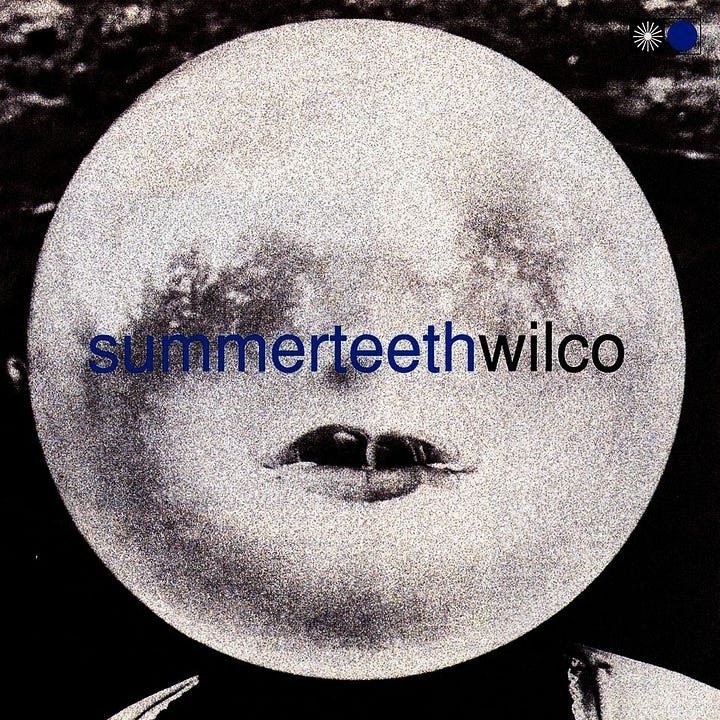
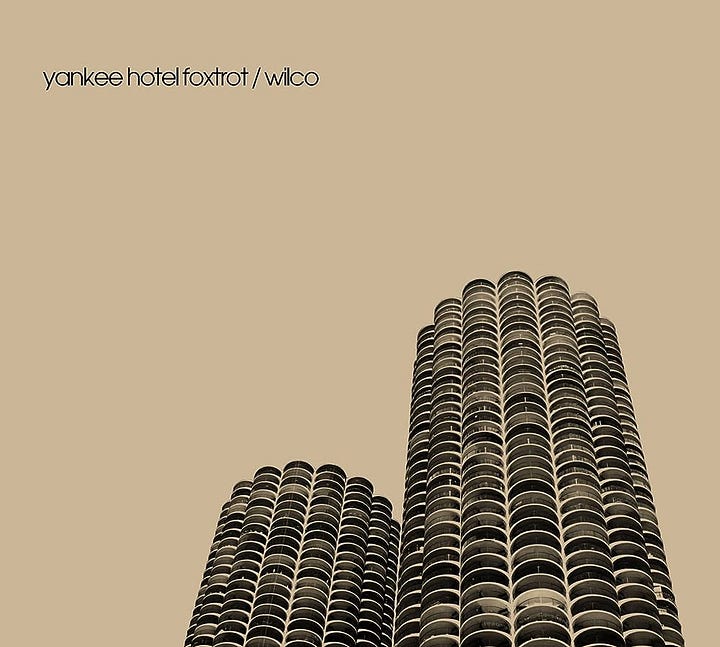
The sessions for Summerteeth were more stilted and isolated than the first two records. Recorded in a variety of locales, in many cases in studios booked along their tour route for work in very short stints, the third Wilco album was largely created in the studio by Tweedy and Bennett.
Much of the writing and recording for the record came from late night sessions that Tweedy and Bennet would partake in at the band’s famed Loft space. Using mechanical manipulation of sound and modern technologies, the pair crafted a dense work of baroque pop that is a modern day American answer to The Zombies or The Kinks Arthur.
Once again, the scope is cinematic. Tweedy had been struggling personally as he was forced to spend time away from his wife and children during the hectic touring schedule in the wake of Being There. As a result, much of the lyrical content on the album is focused on isolation and darker themes.
The rhythm section of Ken Coomer and John Stirratt were fairly uninvolved in the making of the record, and that led to some bad blood between the band members.
“It was a circling of the wagons, and John and I felt left out. It was Jeff and Jay feeding off each other not just musically, but other vices. There was a bonding going on, and it didn't just involve music. Jeff didn't go into rehab [for an addiction to painkillers], but he should've, [sic] in my opinion.
Jay was taking painkillers, antidepressants, and wasn't in much better shape. The band was different. There wasn't really a band, just two guys losing their minds in the studio.” - Drummer, Ken Coomer on the ‘Summerteeth’ sessions
Wilco might have been fracturing from the inside out, but the critics were eating it up and audiences were coming in droves. Summerteeth made several critic’s year end best lists, and allowed Wilco to find a new, larger audience.
Coomer was not the only Wilco member unhappy with his role in the band. Tweedy had recently struck up a friendship with Chicago drummer Glen Kotche. As the pair spent more time together, Tweedy began to realize he had the wrong drummer in his band to achieve his vision of Wilco. Kotche was soon brought in as Coomer’s replacement and the sessions for the next album began in earnest.
Much like the Summerteeth sessions, the initial work for album four was a sporadic, and separated affair. Bennet and Tweedy would work late in to the night on found soundscapes and sonic manipulation working within and between the songs for the album.
During the sessions for what would become Yankee Hotel Foxtrot, Tweedy’s relationship with Bennett also began to fall apart. Communication difficulties, substance abuse, and interpersonal differences crescendoed in a period of tension and drama that the band could not sustain. As a result, Tweedy let Bennett go, just as he had done Coomer.
With half of Wilco now gone and a new drummer in tow, Tweedy needed to coalesce on a new version of Wilco. Multi-instrumentalist Leroy Bach was offered a full-time spot in the band, and worked was completed on YHF.
As is famously chronicled in the documentary I Am Trying To Break Your Heart, Wilco delivered the record that would become Yankee Hotel Foxtrot only to have it be received unfavorably by the label. In the past, Wilco had capitulated to label demands, but that would no longer be the case.
The band negotiated with Reprise to buy their record and the rights back from the label. Then, Wilco set about finding a new home for their next record. While they waited to find a place to put out their new LP, Wilco went public.
In a bold, and to many minds, dangerous move, Tweedy and company opted to leak their as yet released album on the internet. This internet release was thought to be a death knell to an artist’s career. The conventional wisdom was that there was no reason for a fan to pay for a record after they had been give a copy for free by the band.
In the end, that assessment turned out to be completely wrong. Wilco once again expanded their fanbase and strengthened their core fan relationship by releasing the record online. The compelling narrative of leaving their label, the online release and the documentary created a vertex of attention of the band and the as yet released album.
When Yankee Hotel Foxtrot finally hit the streets on Nonesuch Records in April of 2003 it was an immediate smash. It received almost universal acclaim from the music press, and fans adored it. Despite having already been released online, the record became the best selling Wilco album ever.
If Being There was a new confidence for Tweedy, then YHF was like a new level of enlightenment. The sonic manipulation of Summerteeth is combined with a found-sound archivism to provide non-musical context to the songs.
A crumbling American landscape is the backdrop of YHF. Nostalgia, fear and regret pulse at the corners. The incessant beeping and whining of whirring electric sounds ever-present. It is a reminder that we are always turned on and always on the alert.
Yankee Hotel Foxtrot is now rightfully seen as an American classic. Twenty years on it stands as a high-water mark of the 21st century’s musical output. For many music fans at the time, it seemed that Wilco and this album had descended from the sky fully formed. However, a look back at these first four records will betray the obvious arc that led Tweedy and company to that very spot.
As Jeff Tweedy raced from the shadow of his musical big brother, Jay Farrar, he built a legacy of new American music, and managed to redefine a genre, a band and himself forever.
Cheers,
Matty C




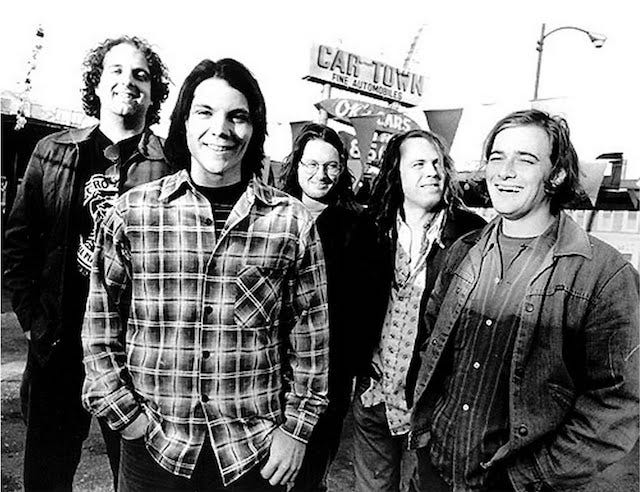
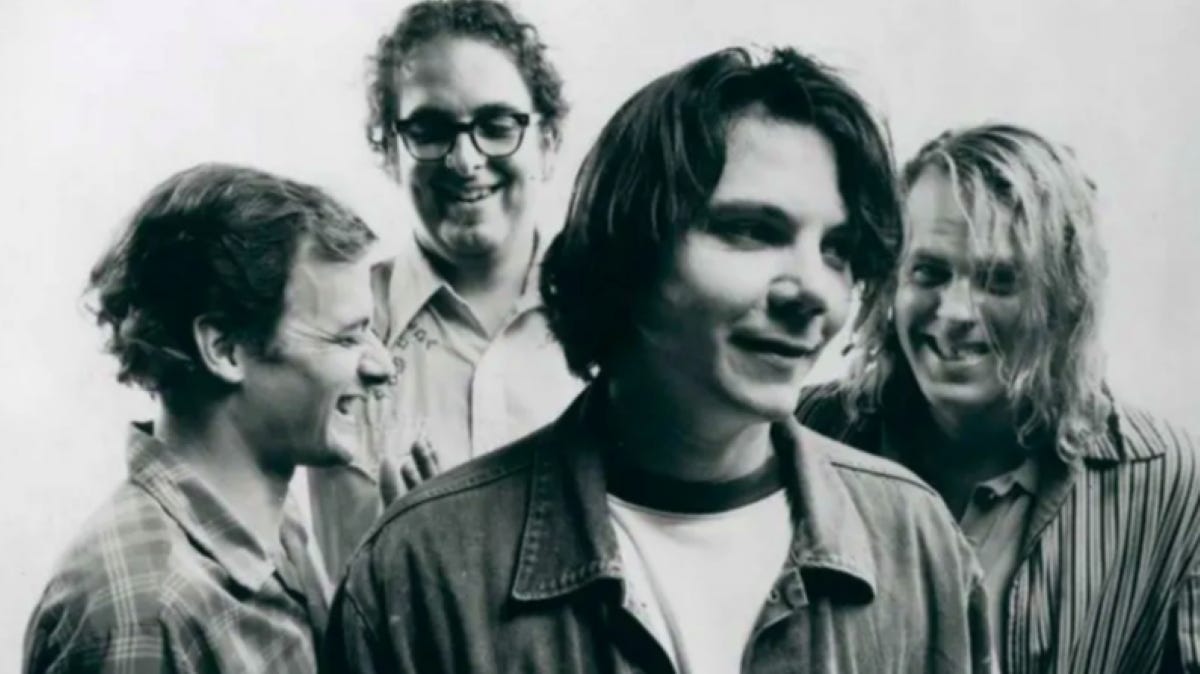
WXRT in Chicago played songs off of A.M. and I enjoyed them, especially "Box Full of Letters," but I didn't get an album until my brother sang Being There's praises. He was not wrong, of course. "The Lonely 1" is one of my favorite songs about music. From there, I was all in. I listened to the stream of YHF almost nightly for about a month - it was necessary music in that post-9/11 landscape. A great band. Nice work, Matt.
That was a fun journey. I haven't played those records in years, and I remember them (and that era) very fondly. Living in Chicago, we all felt like we were part of the band-they were truly omnipresent, especially on Lincoln Ave!